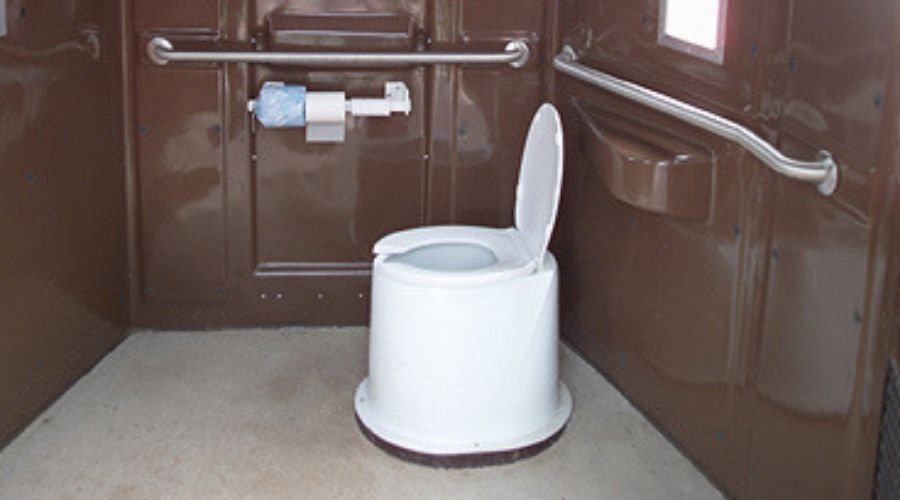One of the first things that you might think of when you imagine a toilet is water. After all, without water, how else are you going to flush it? Well, you may be surprised to learn that there is such a thing as a waterless toilet and it is not as far out there as you might think.
How Does a Waterless Toilet Work?
Unlike other types of toilets, a waterless toilet is not connected to the municipal water system. What this means is that you are responsible for disposing of the waste. Before you run away screaming, take a moment to learn how this entire process works because it’s probably not as bad as you think. This is essentially a composting toilet and if you know anything about composting, then you know that you do not need to touch the actual compost. So there are no worries about you accidentally sticking your hand in something gross.
The exact kind of waterless toilet you get will depend on several factors including whether you make it or buy it, how much space you have, and how many people will regularly use the toilet. In most cases, how it works is after you relieve yourself, you throw some carbon-rich organic material such as peat moss into the toilet. What this does is helps the waste break down and have a longer retention life. In other words, it can safely stay in the toilet for a longer period of time without threatening your health.
Waterless Toilet Equals a Hands-on Approach
Over time, all of the waste and material becomes mature compost, which you can use as fertilizer or transport to a composting center for them to use. There is usually a holding receptacle for the mature compost that you can access via a small door in the back of the toilet or close by in a holding chamber. Be aware that some waterless toilets also have a sort of catcher under the seat to catch urine and divert it to a different holder. In countries such as Sweden, the urine gets diverted to a separate tank where it is diluted and then run through a sink or outdoor flow pipe.
Benefits of a Waterless Toilet
You may be wondering if there are any real benefits to this kind of toilet. There are definitely advantages, especially for those who do not have access to a municipal sewage system or septic tank. A waterless toilet offers a viable option for these people so they don’t have to rely on outdoor bathrooms. In addition, these toilets are a great sanitary option in developing or disease-ridden parts of the world as well as regions that are recovering from earthquakes, hurricanes, or other natural disasters.
Besides that, there is the environmental aspect of it. Obviously, a waterless toilet would be a wonderful option for areas that are going through a drought and need to conserve water. Yet, even in regions where there is no threat of a drought, a waterless toilet is a good eco-friendly choice. Not only does it drastically cut a person’s water consumption but it is also creating compost that can be used in a garden or shared with the city’s composting center.
Whether you choose to buy a pre-made waterless toilet or build one yourself, be sure that you invest in the proper ventilation. This will keep odors from accumulating in your bathroom and can also protect you and visitors from noxious gases produced by your waste and the compost materials. Sure, a waterless toilet isn’t for everyone but it is one of those things that can be a huge help in empowering a more environmentally-friendly population.

